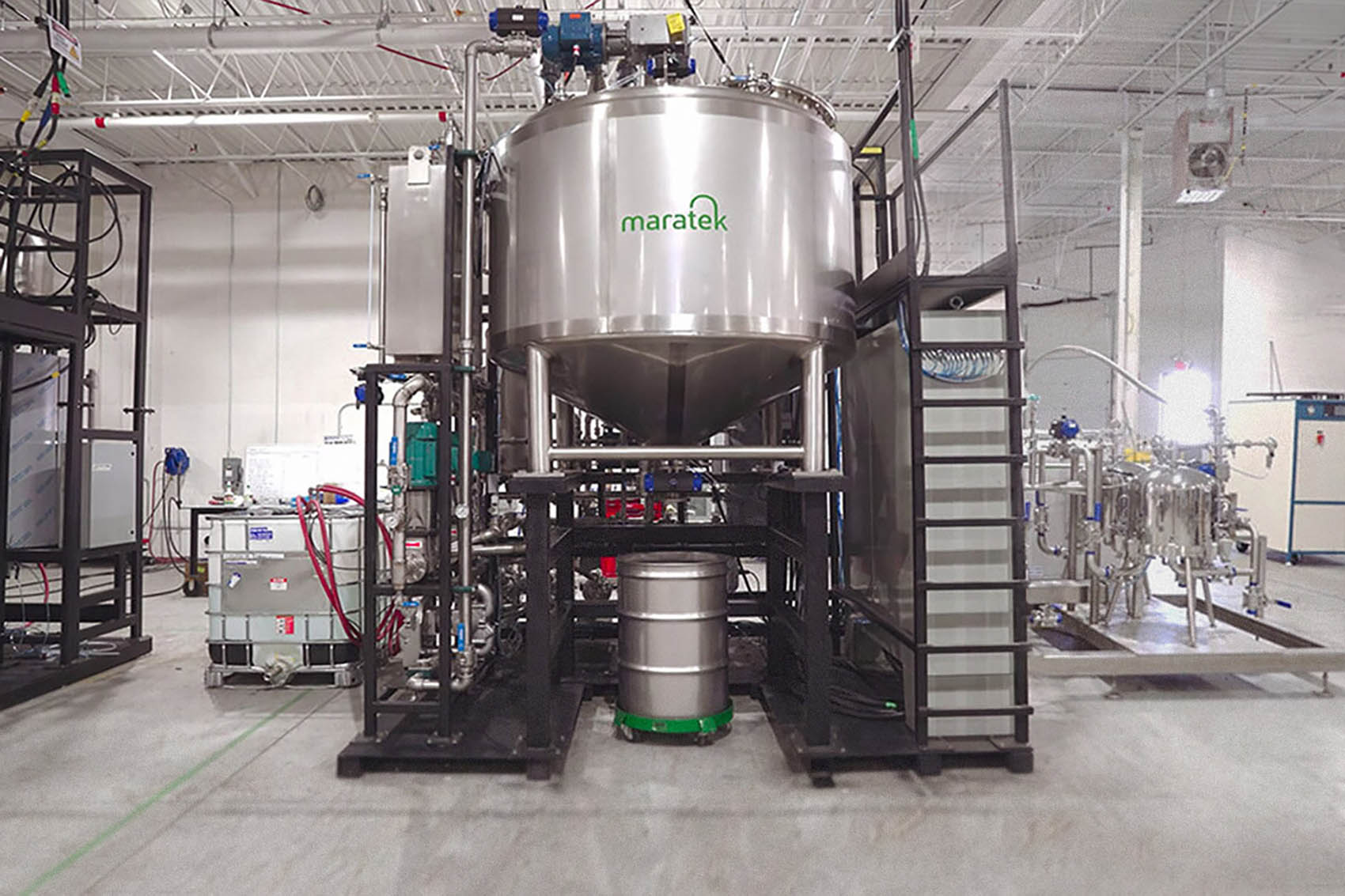Understanding NMP's Role in EV Battery Manufacturing

As electric vehicles (EVs) continue to gain traction globally, the demand for efficient, safe, and sustainable battery production is on the rise. One key player in the battery manufacturing process is N-Methyl-2-pyrrolidone, commonly known as NMP. This solvent plays an essential role in the production of lithium-ion batteries, particularly in the EV sector, where battery quality and efficiency are paramount. But what exactly does NMP do, and why is it so crucial to the EV battery manufacturing process?
In this Blog, we take a high-level look at NMP's role in the manufacturing of an EV battery.
1. What is NMP?
NMP is a versatile organic solvent valued for its high boiling point, stability, and ability to dissolve various polymers and chemical compounds. In battery manufacturing, NMP is used primarily because of its effectiveness in processing materials involved in lithium-ion battery construction. NMP’s unique properties make it suitable for handling the intricate chemistries necessary for high-performance batteries.
2. Role of NMP in Battery Electrode Production
One of the most critical stages in battery manufacturing is the production of electrodes—specifically, the cathode and anode. These electrodes are essential components that allow the battery to store and release energy. NMP is involved in creating the cathode electrode, where it acts as a solvent for binding materials, specifically lithium salts, to the cathode base.
- Cathode Material Coating: NMP is used to dissolve binder materials and lithium-based active ingredients, creating a slurry or paste. This slurry is then applied to a metal foil, typically aluminum, which serves as the current collector.
- Precision Coating: Thanks to its stable properties, NMP ensures an even distribution of active materials, which is critical for battery performance and longevity.
- Drying and Recovery: After coating, the NMP evaporates, leaving a uniform layer of active material on the collector. This solvent is typically recovered using advanced recycling techniques due to its environmental impact and cost.
3. NMP in Battery Cell Assembly
NMP’s role doesn’t end with the electrode coating. It is also crucial in cell assembly, where coated electrodes are wound or stacked to form the structure of a lithium-ion battery cell. Any residual NMP from the coating process needs to be fully removed to avoid reactions that could compromise the battery's stability or safety. Therefore, removing NMP at this stage involves precision drying and sometimes even a secondary recovery step.
- Quality Control: Removing residual NMP from battery components is essential for ensuring the cell’s overall quality, safety, and performance. The battery manufacturing process often includes multiple quality control checks to ensure there are no contaminants or residual solvents left behind.
4. Why NMP Recovery is Important in Battery Manufacturing
NMP is an expensive and potentially hazardous solvent, so efficient recovery and recycling are essential for both economic and environmental reasons. The process of NMP recovery typically involves solvent recovery systems designed to capture and purify NMP so it can be reused in further production cycles. This helps manufacturers cut costs while also reducing their environmental footprint.
5. Future of NMP in Sustainable EV Battery Production
As environmental regulations tighten, there is a growing push to either replace NMP with safer alternatives or enhance its recycling and recovery processes. At Maratek, we specialize in creating advanced solvent recovery solutions that help manufacturers achieve high recovery rates, lower emissions, and reduce waste. By efficiently recovering NMP, we’re helping to make battery manufacturing more sustainable and cost-effective.
NMP plays a pivotal role in the battery manufacturing process for EVs, particularly in the creation and assembly of cathode electrodes. As the EV market expands and technology advances, sustainable practices like solvent recovery will become even more critical in maintaining high production standards. Maratek’s commitment to solvent recovery solutions offers manufacturers a pathway to cleaner, more efficient production cycles that are better for the environment and more cost-effective in the long run.
For more information on Maratek’s NMP recovery solutions and how they can help improve your EV battery manufacturing process, contact us today. Together, we can drive a more sustainable future for the EV industry.
References:
How NMP can be recovered - Maratek
The role of NMP in the production process of lithium batteries





